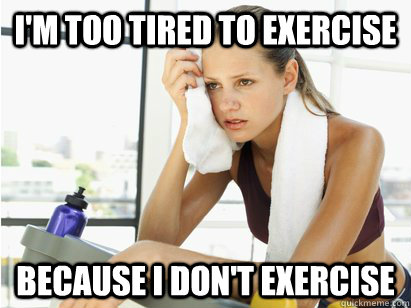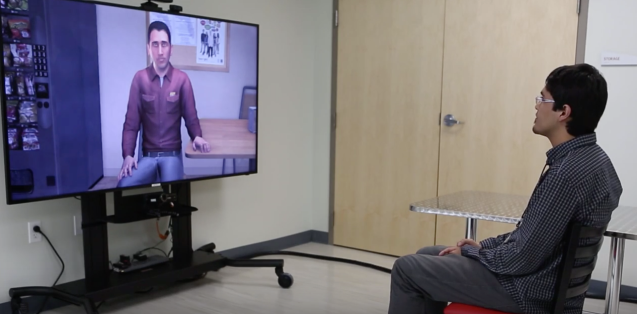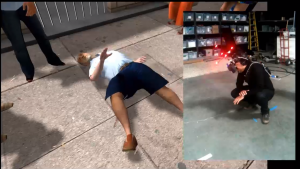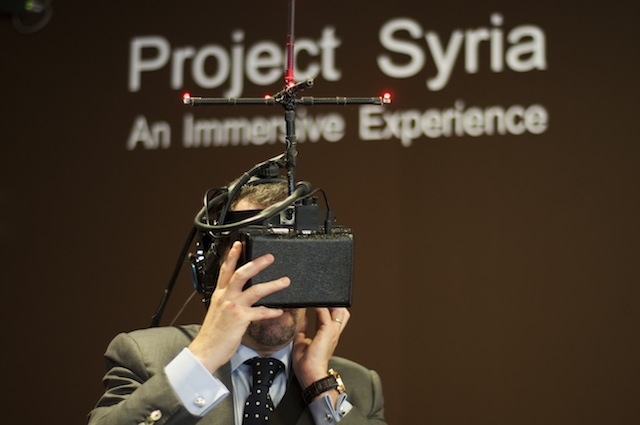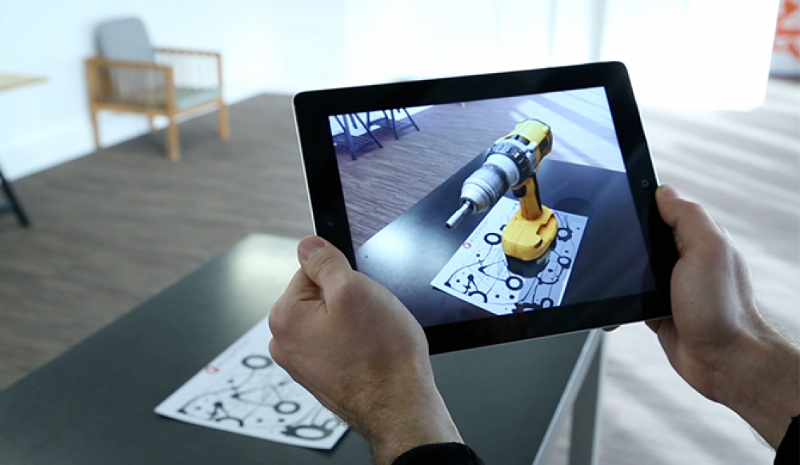Response to a piece of selected scholarship- Paris and Urban Gardening and Farmers Feeding Families
“The garden is the smallest parcel of the world and then it is the totality of the world”-M. Foucault, Of other spaces (1967).
A huge interest of mine is food justice and urban gardening/farming. I took a wonderful class at CU Denver that taught me a lot about what food sovereignty can bring to a community. Food sovereignty, as defined by Peña (2006) is, “a concept that combines the rich notion of local food security with the idea that food sources are consistent with cultural identities and involve community networks that promote self-reliance and mutual aid” (p. 3). However, Denver has very strict laws about urban gardening. For example, one cannot plant a garden on the street sidewalk, as illustrated below.
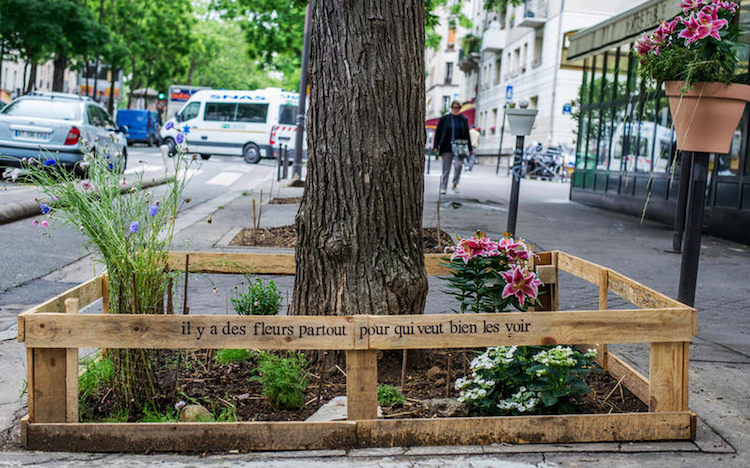
Excitingly Paris has just passed a law that allows any resident to plant urban community gardens wherever in the city. The proposal, by Mayor Hidalgo, is a project that will hopefully introduce 100 hectares by 2020. Not only will this make the town even more beautiful, it will also keep bees alive.
As stated by the Major”Residents will receive renewable three-year-permits that enable them to grow anything from fruit and vegetables to flowers and plants” (Hidalgo, 2016).

What is even more amazing about this new project, is that any citizen interested in starting an urban garden will receive seeds and topsoil to help get their gardens started. Yay for gardening!
What are your main insights and ideas from the given reading?
This week I wanted to read about something that interests me, urban gardening. I love gardening with my students and they love it as well. We learn so much out in the garden and it is really easy to incorporate math, literacy, science and writing all outside in the community garden. By co-creating community gardens, the community will be able to grow organic food while becoming self-reliant and responsive. These gardens create equity by creating access to healthy food, jobs and work opportunities all while building a strong sense of community. Creating economic opportunities through gardening shares power and voice, and in turn communities will be able to focus on creating safe and sustainable neighborhoods for all.

Resources:
Abode, K.R. (2016). Paris passes law that allows residents to plant urban gardens all over the city. /My Modern Met/. Retrieved from http://www.mymodernmet.com/profiles/blogs/paris-urban-gardens
Foucault, M. (1986). Of Other Spaces. Diacritics, 16(1), 22-27.
Peña, D. (2006, March) Farmers feeding families: Agroecology in south central los angeles., Pullman, WA.


